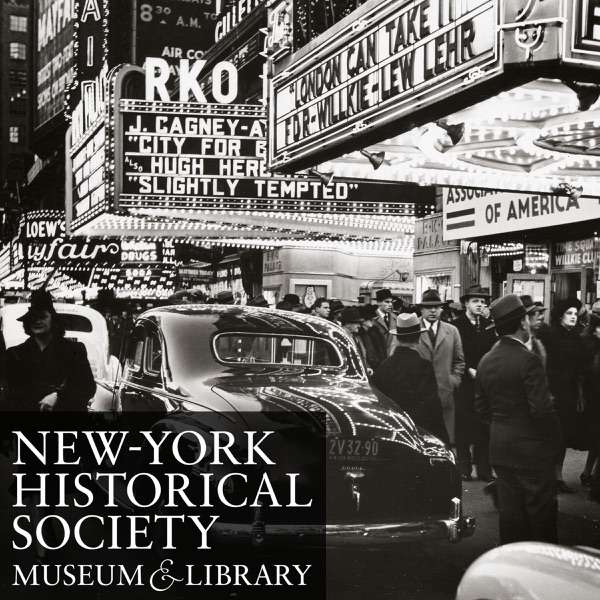This week on Archinect Sessions we're sharing our inspiring conversation with Theaster Gates. For those of you who aren't already familiar with Theaster, you're in for a treat. Theaster Gates often refers to himself as a potter, and while it's true that he is, through years of training and practice, he's also an extremely talented multidisciplinary artist, urban planner and community-focused social activist.
Theaster may be most well known for his non-profit Rebuild Foundation. The foundation purchases abandoned buildings in the south side of Chicago, the neighborhood Theaster grew up and still resides in, and transforms them into beautiful community hubs that connect and inspire the local residents through art, creativity, and professional skill training.
Gates work extends into academia as well. He is a full professor in the Department of Visual Arts at the University of Chicago, where he also the director of Arts and Public Life. It's in this context that he is unveiling his latest project, part of an $80 million dollar renovation and restoration of the Edward Durell Stone-designed Keller Hall, home to the school's Harris School of Public Policy. Theaster's role involved designing a soaring communal atrium space, lined with wood from fallen ash trees, and milled by local residents.
Our conversation with Theaster Gates starts with his reuse of Chicago's diseased ash trees into millwork and detailing for the new University of Chicago Keller Center, and quickly veers into topics of hand skills, black labor, neighborhood communities, and socio-cultural readings of beauty.

 Our TOPPODCAST Picks
Our TOPPODCAST Picks  Stay Connected
Stay Connected







